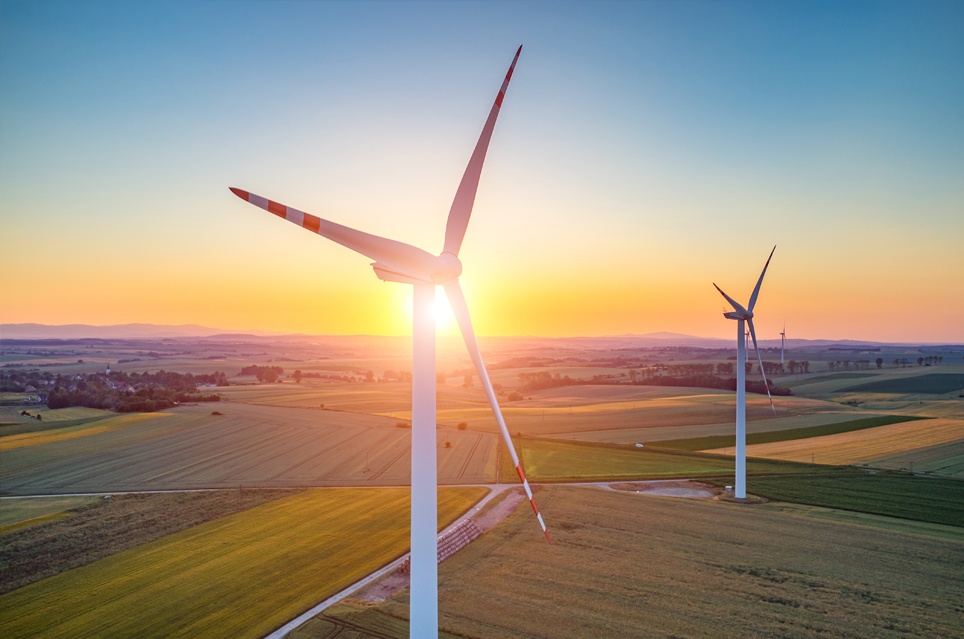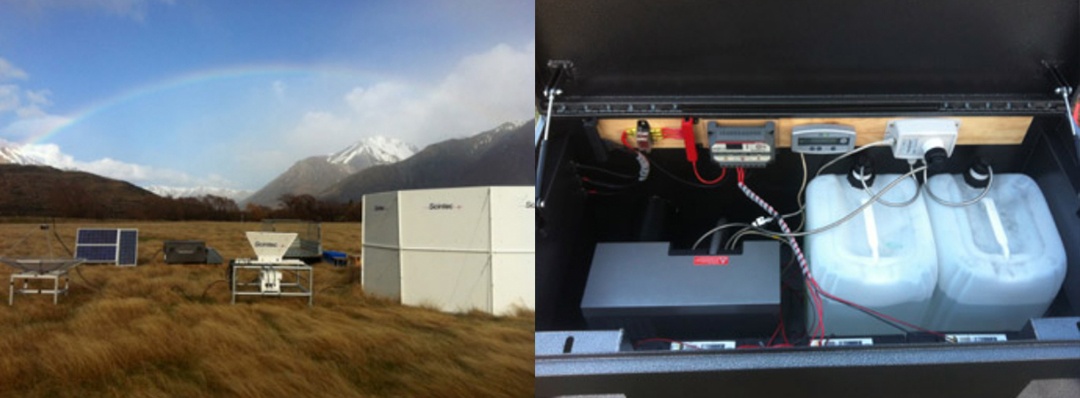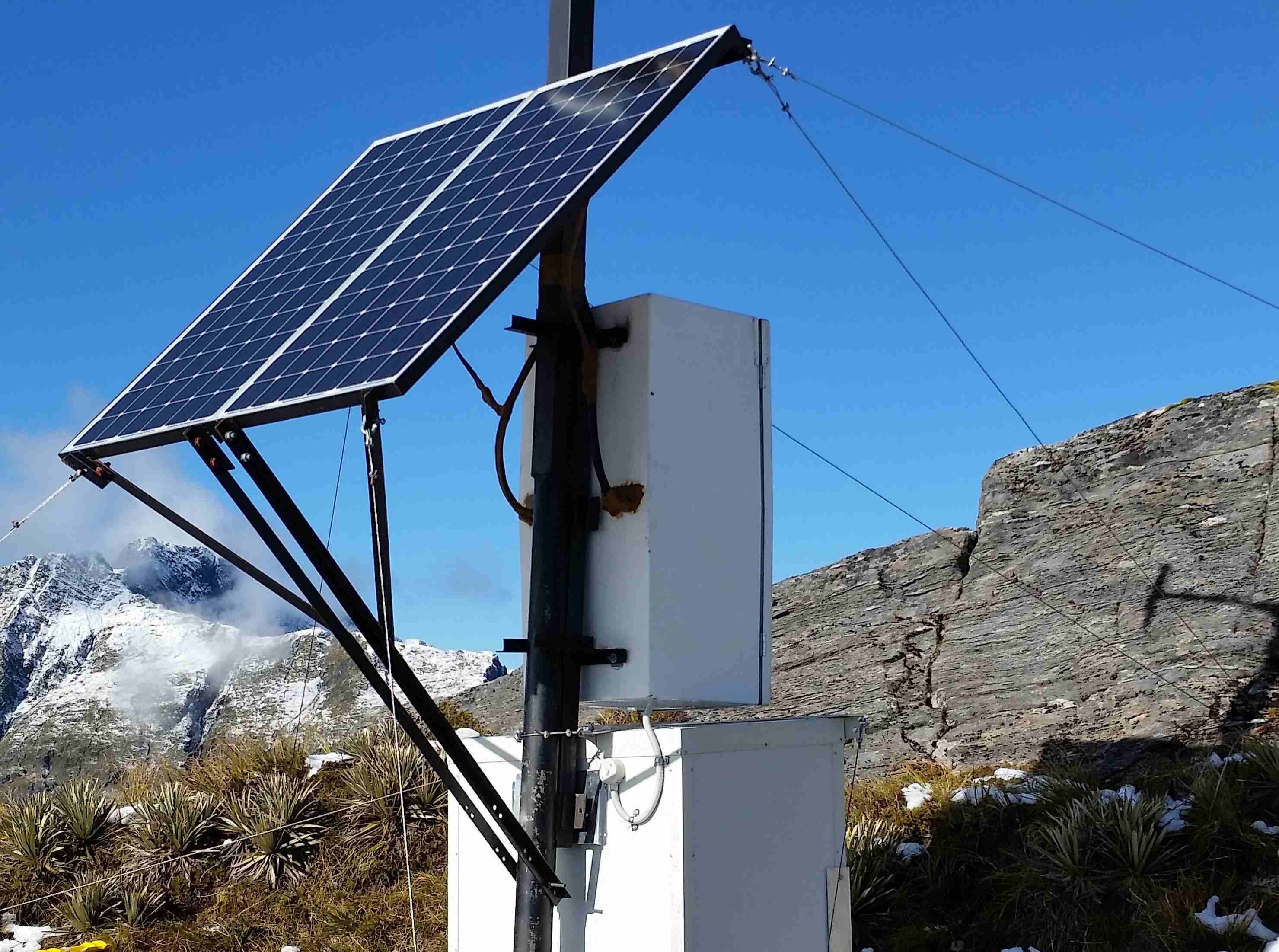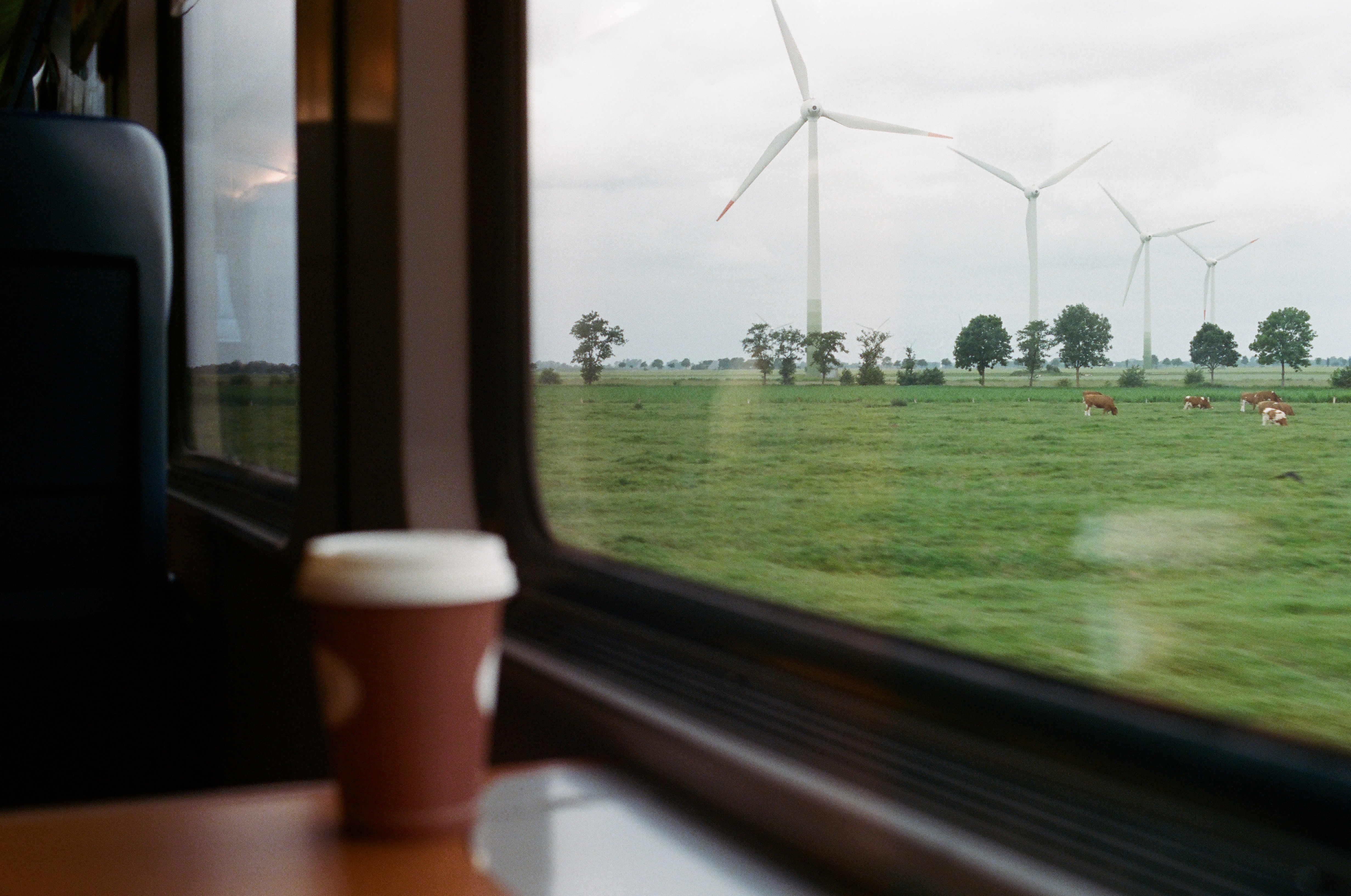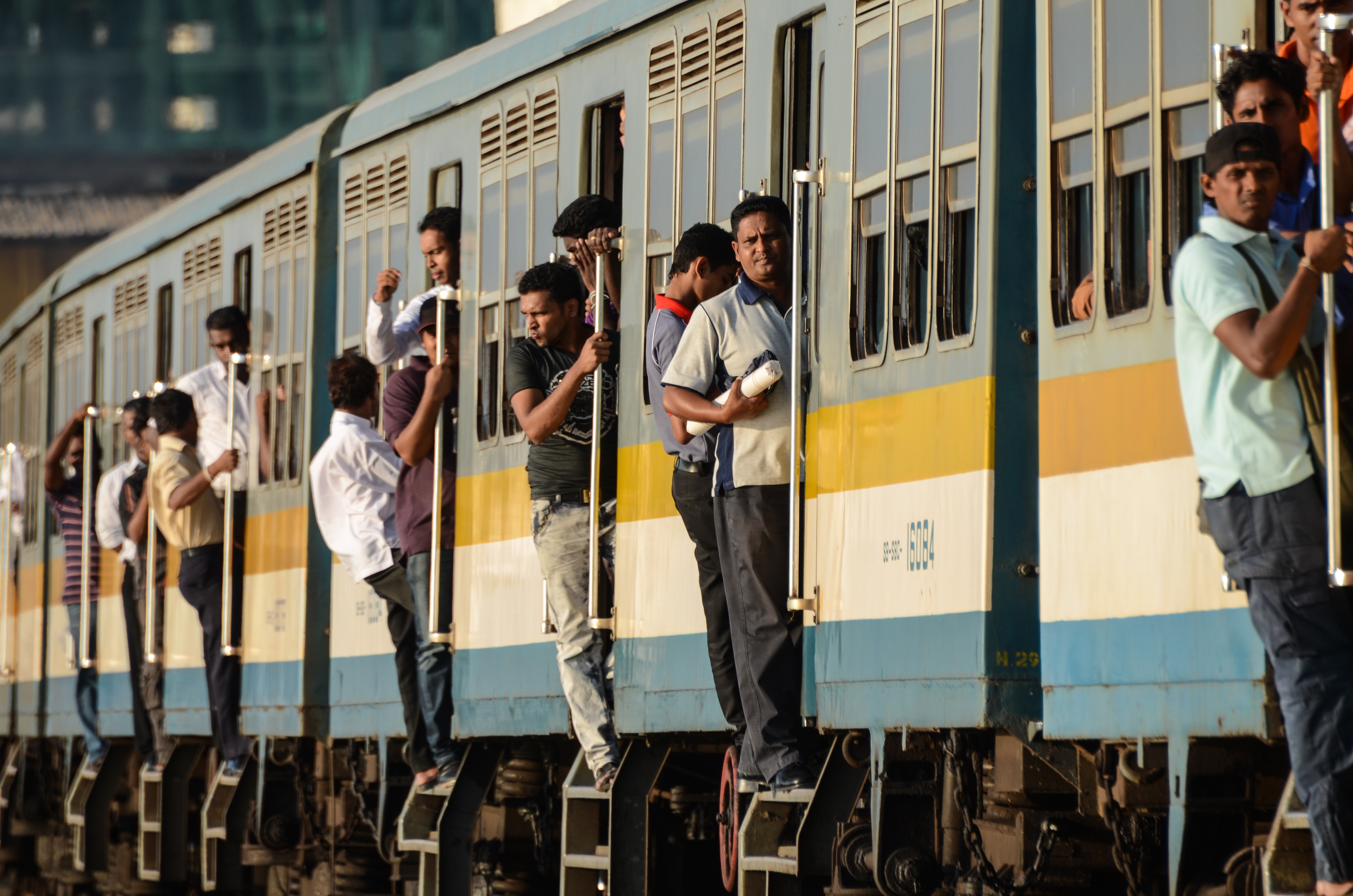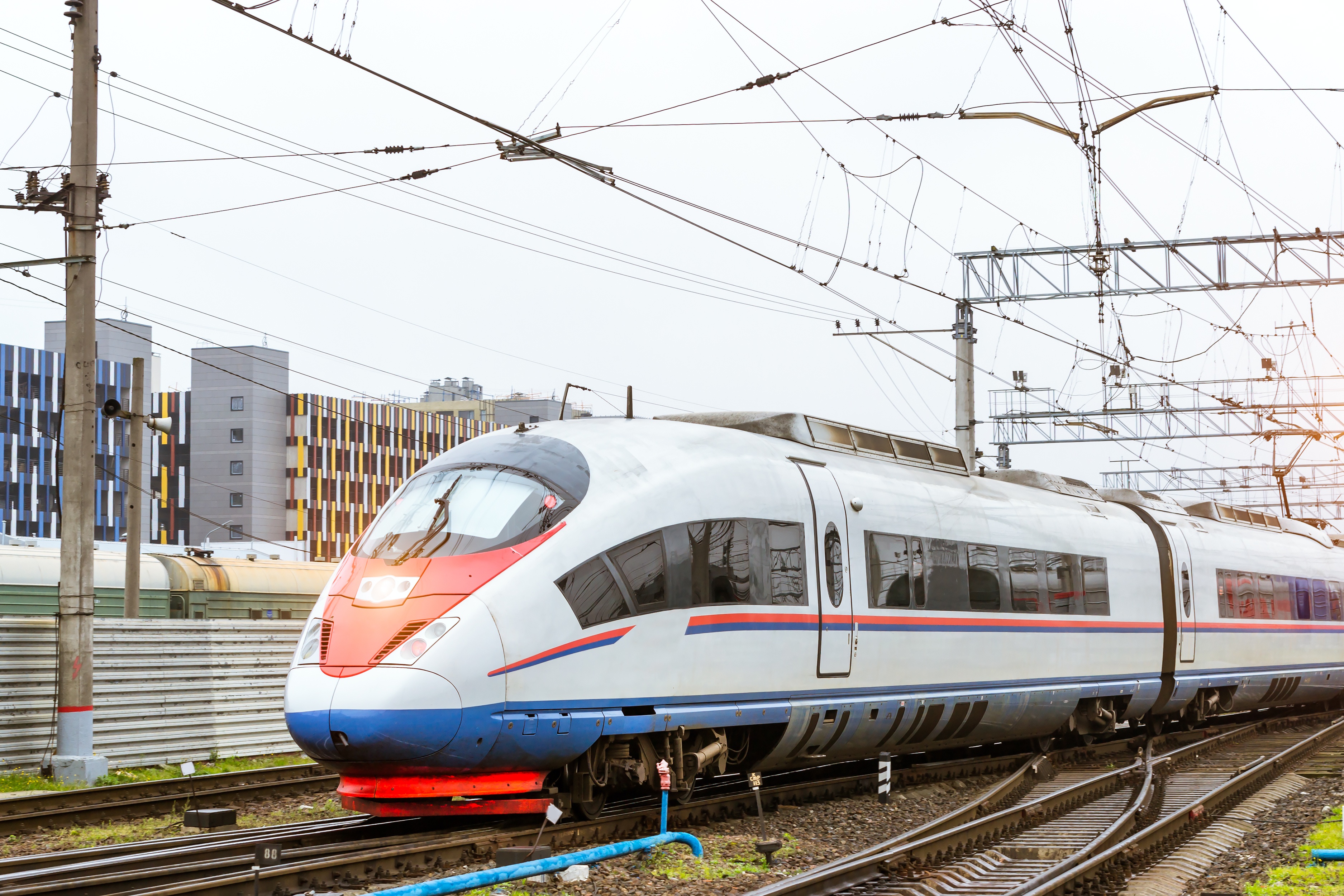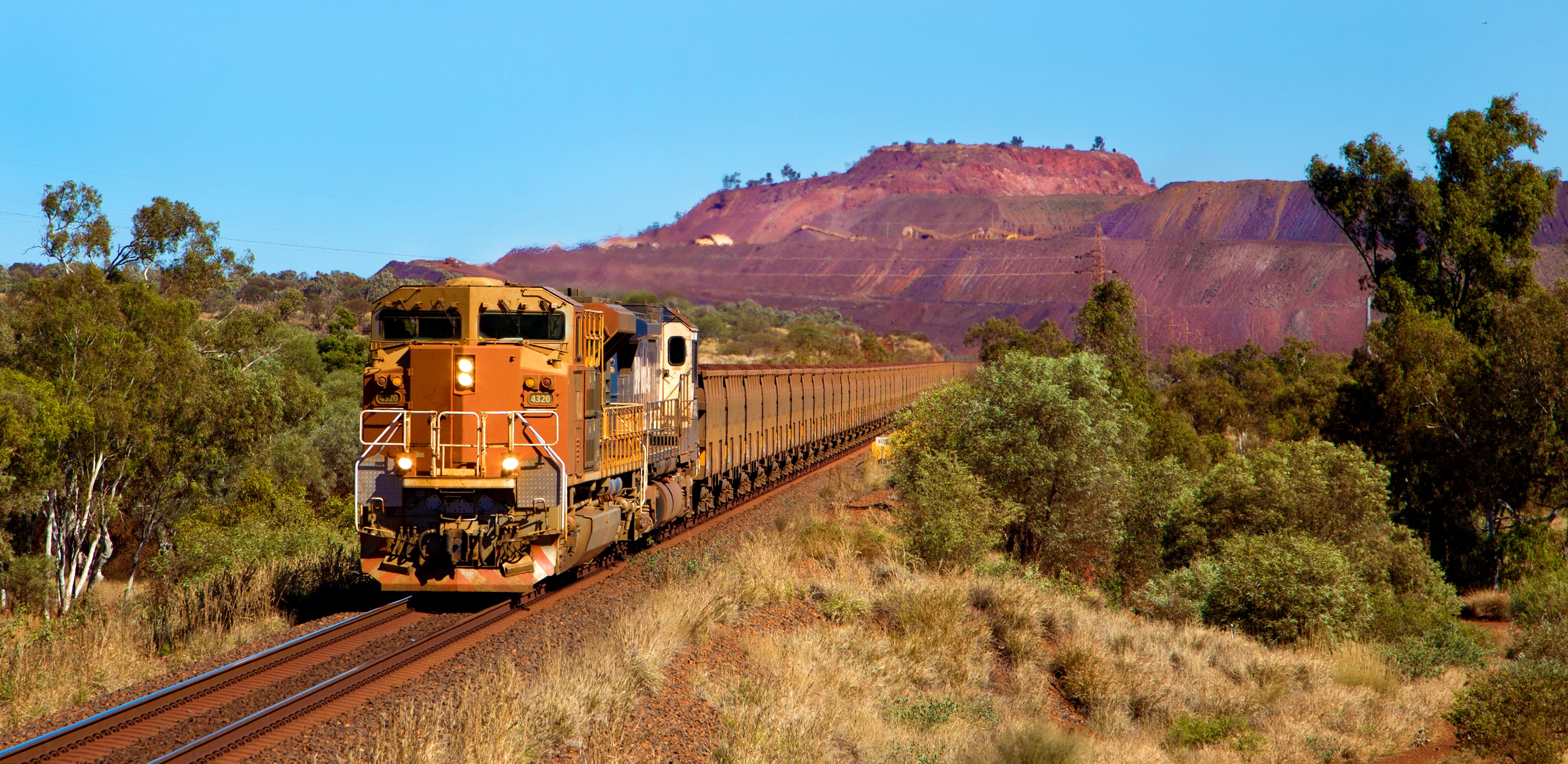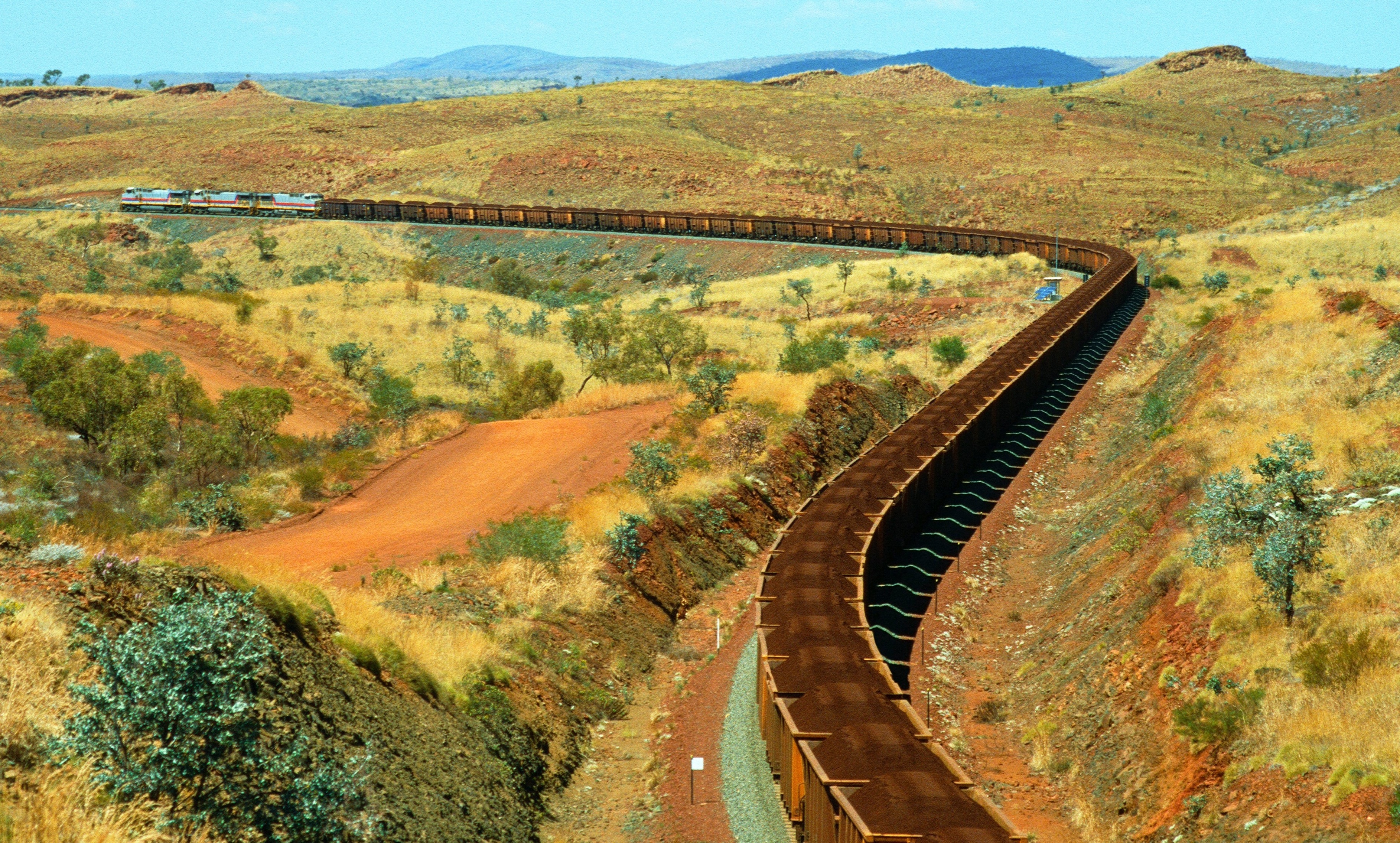The rail industry is undergoing a revolution as companies around the world move from diesel fuel as their main power source to hybrid and off-grid solutions. Diesel has been the power source of choice since the mid-20th century, driving a surge in development and making it easier for passengers and freight to get from Point A to Point B across the globe.
Powerbox Australia Blog
Powerbox
Recent Posts
The STABX or ‘Stable Boundary Layer Experiment’ is currently being conducted by the University of Canterbury Geography Department. STABX aims to understand the phenomenon behind the conditions yielding to, maintaining, and eventually breaking the stable layer boundary. The stable boundary layer (SBL) is a natural meteorologic occurrence, and is formed over a cold surface of earth.
The Problem
NZTA established the Haast Radio System in the Southern Alps of the South Island of New Zealand to provide radio communications for the Southern Highway. The repeaters were powered by two solar panels each, which recharge a battery pack housed with the repeater.
Governments around the world are requiring utility companies to increase their use of renewable energy. The problem? Today’s natural gas and coal guzzling grids don’t hold onto the electricity they generate. Electricity companies deliver whatever they produce immediately, and produce the exact amount of power that’s needed at each moment.
Rail is a smart, sustainable, and efficient way to move freight and people. Trains promote economic growth, cut greenhouse gas emissions, and are a compact, clean way to move millions of tons of goods and millions of passengers across continents, countries, and cities.
Compared to other types of transport, the rail industry’s technology may seem to be progressing much more slowly. Consider automotive technology, which is constantly changing. In the past ten years, we’ve seen proximity sensors, satellite navigation systems, and reversing cameras, and plenty of other innovations have proliferated. Every time consumers buy a new car, they notice many new features.
The rising cost of diesel is prompting rail companies to explore alternative fuels, many of which (along with being a more cost-efficient option), are much kinder to the environment.
PB315 HE
The Challenge
To meet the ever increasing needs for reductions in energy waste, Powerbox was approached by an Australian fleet operator to design a high efficiency DC/DC converter to supply locomotive headlights. The brief was to remove the need for dropping resistors used to dim incandescent headlights used on locomotives. These dropping resistors waste large amounts of battery energy as heat, which in turn adds to the cabins air-conditioning load, meaning more energy is required for cooling purposes.
PBSP-740 Series
The Challenge
Powerbox was approached by an Australian railway operator to design and manufacture a DC/AC inverter. This was needed for on-board AC power requirements in their fleet of diesel powered locomotives.
By 2050, the world’s population will hit 9.5 billion, before the rate of growth will finally begin slowing down. While some parts of the world like Japan and Europe will see populations decline, the developing world will see approximately 90% of the expected population growth. And by 2050, 70% of people will live in an urban area.
